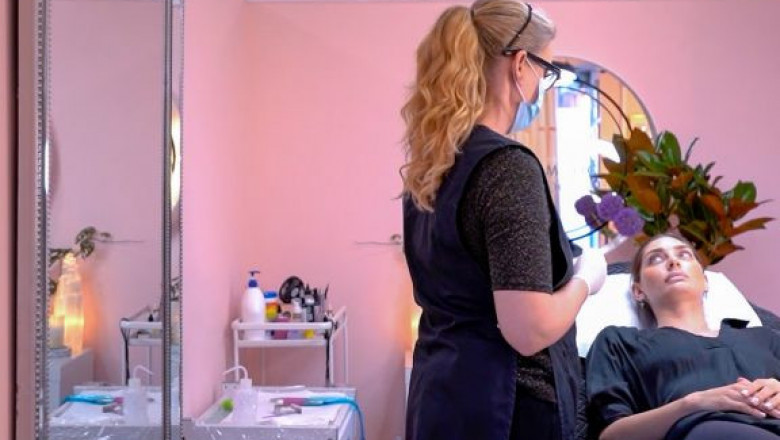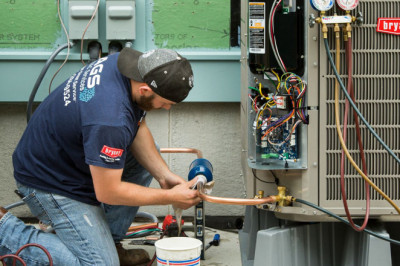views

Yes, you heard correctly. No longer does one have to walk around, feeling insecure because of their thin and falling hair. With scalp micro pigmentation, you can kiss all those worries goodbye. Whether you’re suffering cosmetic deformities resulting from dermatological diseases or genetics, or you’re out of options to preserve your thinning hair, this cosmetic tattoo technique will rid you of all issues.
But are scalp pigmentation and microblading the same procedure? Keep reading to understand the intricacies of SMP.
What is Scalp Micropigmentation?
Scalp Micropigmentation employs micro-needles to deposit pigment into the scalp, resulting in the appearance of tiny hair follicles. The treatment is non-invasive and results in giving the illusion of a thicker and fuller scalp. A relatively new treatment in the beauty world, SMP has become increasingly popular due to its ability to deliver on hair restoration promises.
Benefits of Scalp Micro Pigmentation:
- Unlike hair transplants, wherein a follow up is required every 4-6 months, Scalp Micro Pigmentation requires minimal maintenance and lasts upto 3 years. Restorative pigmentation is required only to cover faded areas.
- SMP involves minimum risk factors, so if one is sceptical about surgical or chemical procedures, micro-pigmentation is a great alternative. A mild anaesthetic can be used after consulting your SP artist and physician for people with a low pain threshold.
- Being a non-surgical treatment, microblading is also relatively cheap in both the short run and the long run.
How different is the treatment from Microblading?
Contrary to popular belief, microblading and scalp micro pigmentation have hardly any similarities. Right from the equipment used to the tattooing process, both treatments have different things to offer.
- Unlike microblading, micro-pigmentation is performed with the help of an electric tattoo device rather than a manual blade. This is because the skin on the skull is much thicker than the skin under the eyebrows, which requires a more powerful needle for the deposition of pigment.
- Where microblading aims to create designs that replicate the hair, SMP focuses on creating tiny, layered dots in different hues to give the illusion of a shadow on your scalp. Again, it’s important to go to an experienced practitioner to ensure the dots blend seamlessly with your hairline and don’t look out of place.
How does the treatment work?
When you first select a practitioner to work with, you will have an initial consultation wherein you can discuss the problems you’re facing and what you are expecting. This meeting is vital as the scalp micro pigmentation artist can give you a realistic view of what to expect. Assuming that all goes well, and you approve of the decision, the artist will provide you with instructions to prepare for the treatment.
On the day of the first appointment, the practitioner will first apply numbing cream and then tattoo your skin, laying the foundation for follicle replications. Although initially, you will observe a fuller scalp, the pigment will fade slightly as the day progresses.
The following sessions will focus on increasing hair density and make any signs of hair fall disappear. The artist will also make minor adjustments to your hairline.
The three sessions are spaced uniformly between a month, the third session being a precautionary measure in case of lower pigment retention rates.
Aftercare
- Avoid swimming pools, saunas and steam rooms for 28 days after the treatment.
- Invest in a scalp sunscreen with an SPF of 30 or above.
- Ensure that the treated area is moisturised for a few days after the treatment.
- Avoid excessive physical activity for the first week after the treatment.
The treatment definitely lives up to the hype. Book your appointment today!












